A Photo Essay
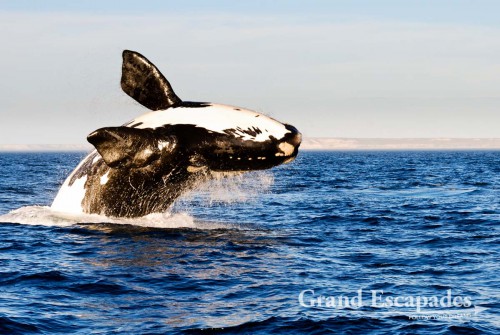
Southern Right Whale (Eubalaena australis) or Ballena Franca Austral, Peninsula Valdez National Park, Northern Patagonia, Argentina, South America
The Peninsula Valdéz is one of South America most popular national parks, with 80.000 visitors a year, which is for instance ten times more than in the beautiful and very pristine Madidi National Park in the Amazon Basin in Bolivia. With 3.600 square kilometers and especially 400 kilometers of coast, it is home to many species like sea lions, the only colony of sea elephants on a continent apart from Antarctica, graceful guanacos, Magellanic Penguins and the endangered Ballena Franca Austral or Southern Right Whale, to only name some of the species we could spot, and of course many kinds of birds …
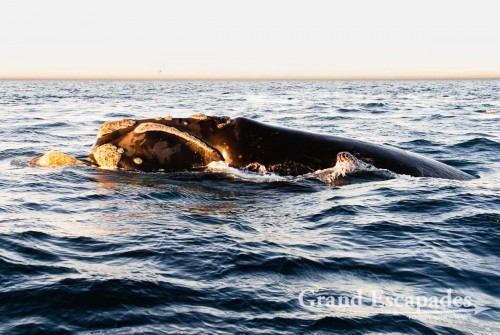
Southern Right Whale (Eubalaena australis) or Ballena Franca Austral, Peninsula Valdez National Park, Northern Patagonia, Argentina, South America
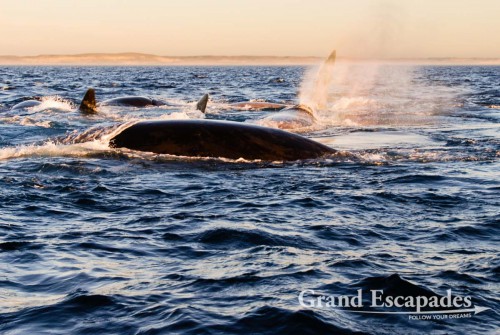
Southern Right Whale (Eubalaena australis) or Ballena Franca Austral, Peninsula Valdez National Park, Northern Patagonia, Argentina, South America
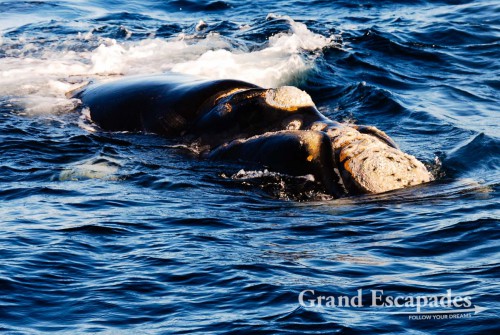
Southern Right Whale (Eubalaena australis) or Ballena Franca Austral, Peninsula Valdez National Park, Northern Patagonia, Argentina, South America
Early morning, we headed towards Peninsula Valdez, since the ticket to enter the national park is only valid for two days. We first stopped at Puerto Piramides, where all whale watching tours start. After a superb lunch at the Restaurant de los Cetaceos where Gilles ate the best Calamari he ever tasted, we decided to take the evening whale watching tour with “Moby Dick”. Their tour starts at 05:30 pm and waits for the sunset at around 9:15. This time of the day is also best for taking photos. Most other companies only offer 1.5 hour tours catering to the majority of tourists who do day trips from Trelew or Puerto Madryn.
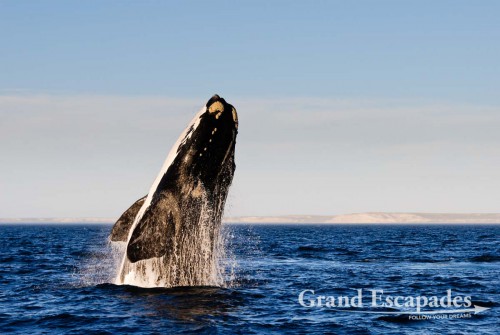
Southern Right Whale (Eubalaena australis) or Ballena Franca Austral, Peninsula Valdez National Park, Northern Patagonia, Argentina, South America
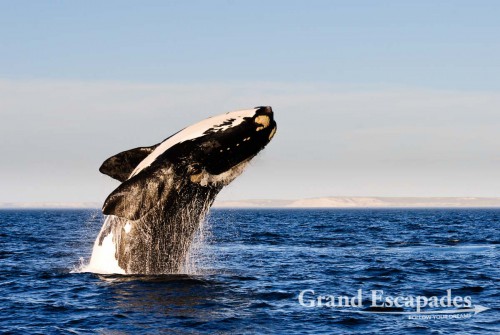
Southern Right Whale (Eubalaena australis) or Ballena Franca Austral, Peninsula Valdez National Park, Northern Patagonia, Argentina, South America
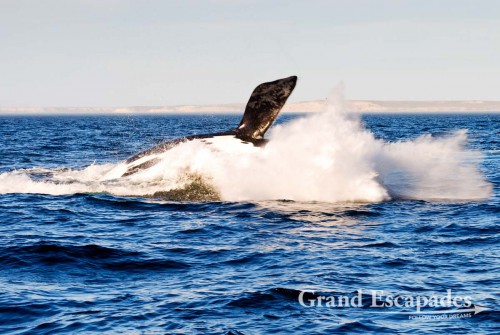
Southern Right Whale (Eubalaena australis) or Ballena Franca Austral, Peninsula Valdez National Park, Northern Patagonia, Argentina, South America
These three hours will never be forgotten. Whales? At times up to seven whales were circling our boat, playing with each other, jumping, hissing, grunting, hitting the water with their fins…. Far? A few times they came so close that we could have touched them, especially when they approached the boat from the side and then at the very last second before hitting the boat, they would dive under it. Gilles and the camera got completely wet when a whale exhaled performing this maneuver.
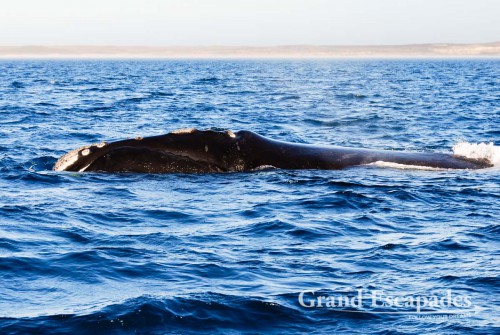
Southern Right Whale (Eubalaena australis) or Ballena Franca Austral, Peninsula Valdez National Park, Northern Patagonia, Argentina, South America
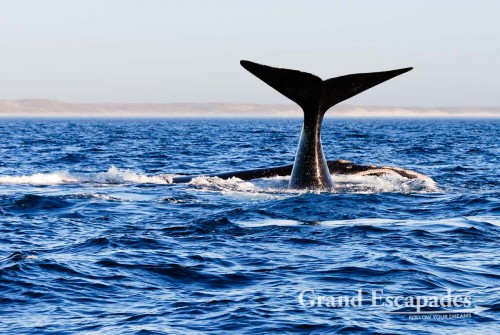
Southern Right Whale (Eubalaena australis) or Ballena Franca Austral, Peninsula Valdez National Park, Northern Patagonia, Argentina, South America
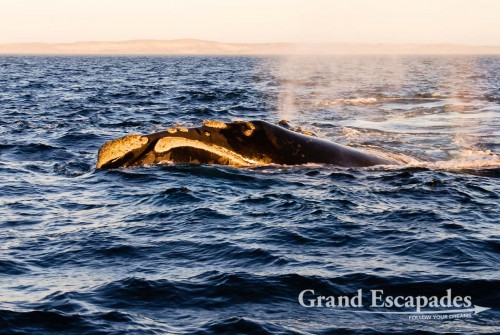
Southern Right Whale (Eubalaena australis) or Ballena Franca Austral, Peninsula Valdez National Park, Northern Patagonia, Argentina, South America
The whales come to the sheltered “Golfo Nuevo” in spring to give birth and breed the pups before the head out into the ocean again. Needless to say they are huge: on average 12 meters long and 30 tons weigh. What is characteristic for the Ballena Franca Austral are the white pimple-like spots around the head. They are born with these, thus they can be compared to finger prints, because no two whales have the same. The white color of these spots comes from the parasites that live on them. Often birds, when diving for the parasites, hurt the whales.
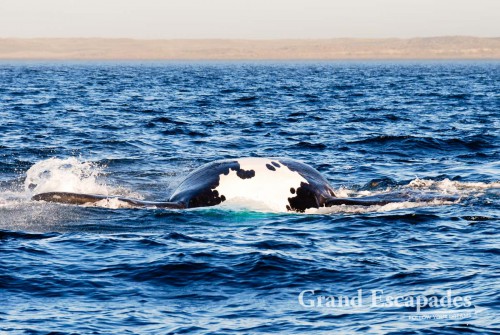
Southern Right Whale (Eubalaena australis) or Ballena Franca Austral, Peninsula Valdez National Park, Northern Patagonia, Argentina, South America
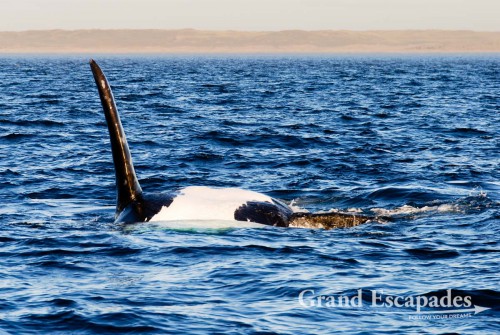
Southern Right Whale (Eubalaena australis) or Ballena Franca Austral, Peninsula Valdez National Park, Northern Patagonia, Argentina, South America
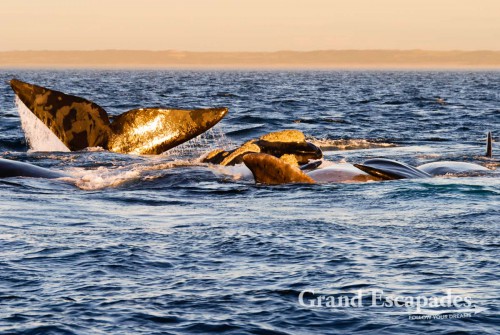
Southern Right Whale (Eubalaena australis) or Ballena Franca Austral, Peninsula Valdez National Park, Northern Patagonia, Argentina, South America
This trip truly was a spectacular experience, topped by a beautiful warm evening light, with a superb sunset over the ocean! These three hours definitely will remain in our memories as one of the highlights of our travel in South America.

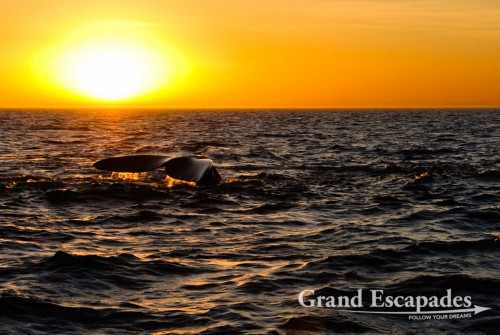
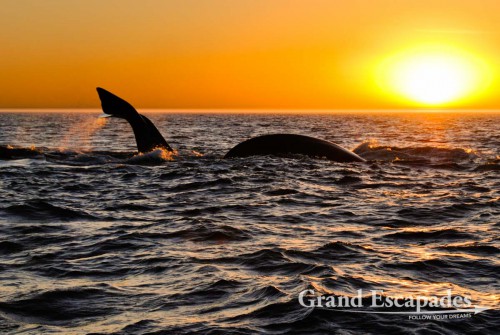
No comments yet.